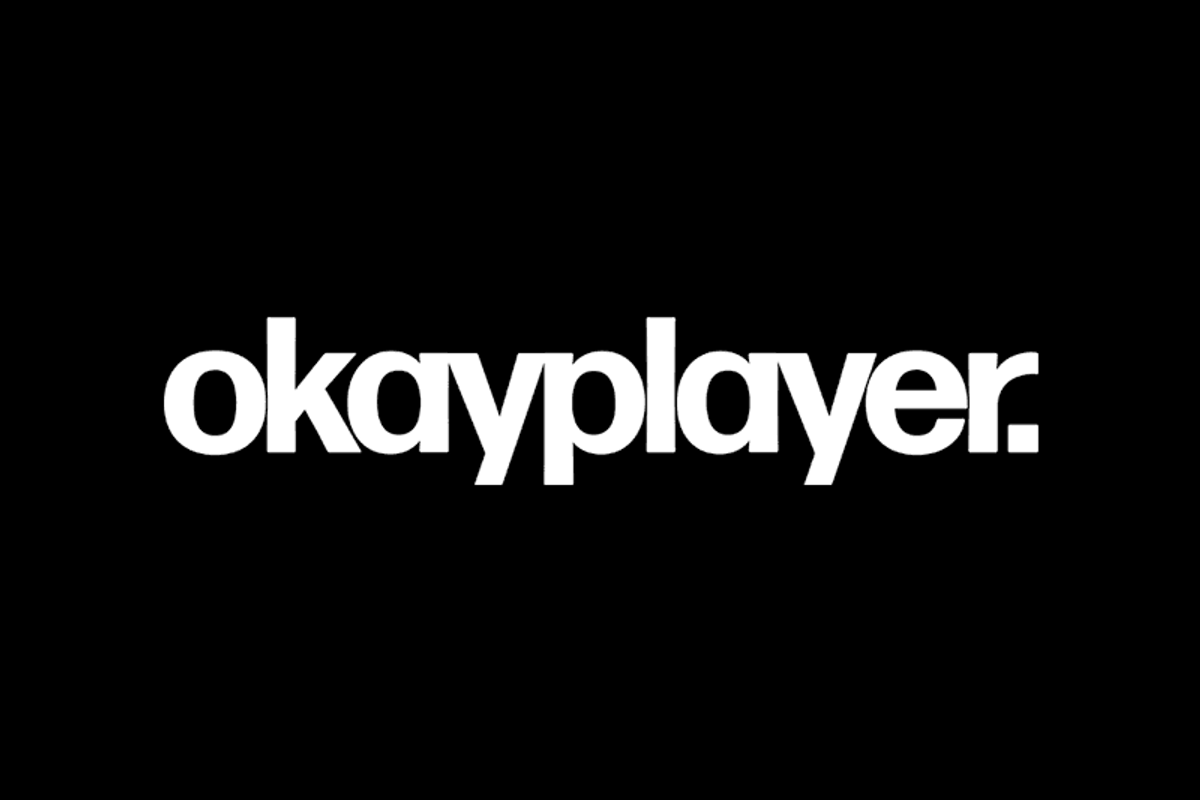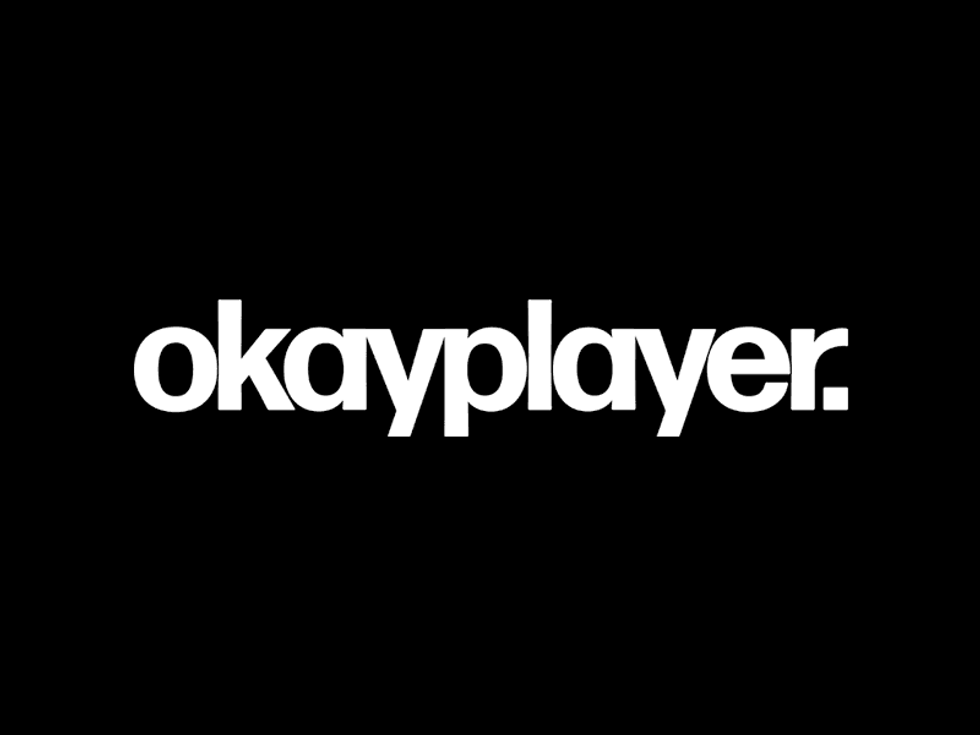
‘4:44’ Dancer Storyboard P on Dance Culture, Mutation + Wanting Freedom
Source: Storyboard P
To continue reading
Create a free account or sign in to unlock more free articles.
By continuing, you agree to the Terms of Service and acknowledge our Privacy Policy
Register
The content is free, but you must be subscribed to Okayplayer to continue reading.
THANK YOU FOR SUBSCRIBING
Join our newsletter family to stay tapped into the latest in Hip Hop culture!
Login
To continue reading login to your account.
Forgot your password?
Please enter the email address you use for your account so we can send you a link to reset your password:


Storyboard P is slithering, his body contorting and his feet turning over, carrying his weight on the sides of his feet, then on his heels, then gliding away as if some invisible friend is pulling his feet on ice skates.
Sometimes he's flying. Other times, using isometrics he dances like he has no bones. He’s telling stories with his body like street science fiction. Stories from his hometown neighborhoods of Crown Heights and Brownsville, Brooklyn, to worlds within other worlds like hip-hop and otherworldly places. Sometimes there are creatures or animals that can talk or have human characteristics. Things coming from people’s imaginations.
He’s 27-years-old now, but he has lived many lifetimes. As a shy kid he started watching dancehall reggae videos at age five and picking up body language from people around him. He watched people and picked up on their vibrations. Eventually he transitioned from observer to becoming the life of the party.
The world of street dance is a language in itself for people of color around the world, from capoeira to b-boying or breakdancing, moonwalking and milly-rocking, to dancehall and bruck-up. What we couldn’t say or feel publicly, we have said exquisitely and confoundedly with our bodies.
There will always be people that appropriate the culture without understanding that language. For New Yorkers, “Showtime” on the subway is a time where kids showcase their acrobatic dance moves utilizing subway poles, hats, and anything else to tell their stories. With the influx of gentrification there are newcomers that have begun to adopt these dances. “But they don’t know the language of the dance or where it comes from or what neighborhood or whatever,” says Storyboard.
Not that he’s concerned with people copying his style. It’s a style, really, that’s impossible to emulate. His YouTube videos clocked in about half-a-billion views including a collaboration with Lucy Liu and Jay Electronica even before he hit the mainstream with Flying Lotus’ short film and most recently with Jay-Z’s 4:44 video, because he’s mesmerizing. “The more popular you become, you’re branching out your art and getting it into different places and people are gonna emulate your art,” he says matter-of-factly.
But by the time appropriators come, he’s already created something new. What does concern him is the celebrity world biting from dancers and not acknowledging or giving the proper respect to the art form as they give to musicians. “I think the industry, when it comes to black dance or street dance, are behind on their knowledge.” He laments that often dancers are left out of the creative process or not given credits at the end of the work. “When you leave the dancer or visual artist out of the process, it can never be a work that is true.”
His dance lessons have taken place all over Brooklyn. In Elks Plaza on Fulton Street and Classon Avenue, in basement parties on Atlantic and Troy Avenues and in alleyways and roller rinks. When things weren’t right at home, he worked on his craft in the streets, building his reputation, competing and dominating various circles of dance and paving the way for himself. He started off getting paid small for small gigs, before director Khalil Joseph called him to tell him he had something that would fit with his philosophy involving Flying Lotus.
Still, his commitment is to the craft. He started his own genre of dance he calls “mutation”. It is its own genre that was fueled by his understanding of animation. He had been crowned the king of flex dancing which includes pantomime, contortion and simulating levitation, and by the time he got so deep into it, he branched off to start something new. That something new is mutation, which he says, delves into a certain ideology which is about multiplication and division, attracting elements and layers and doing different things to it. “It’s minute,” he says. “Sometimes it can’t be picked up by the naked eye.” The form is characterized by stop-motion animation, Claymation and putting things together so he can tell stories the way he wants to tell them through his body. It’s a lingo or slang from his neighborhood. “It’s its own thing,” he says. “When it started getting coverage, it started to get distorted as far as the true meaning of what we were doing and the translation.”
Nowadays, he doesn’t waste time worrying about what others think or take from him. He’s on 4:44, which is now a platinum album, but he still wants more—freedom and recognition. “I want to put out my own music, my own compositions. I want to tour per project. I just want to debut my own original work.”
Ericka Blount is a journalist, professor, and author from Baltimore, Maryland. Her book ‘Love, Peace and Soul: Behind the Scenes of Soul Train’ is available on Amazon. Please follow her (and us!) on Twitter @ErickaBlount.